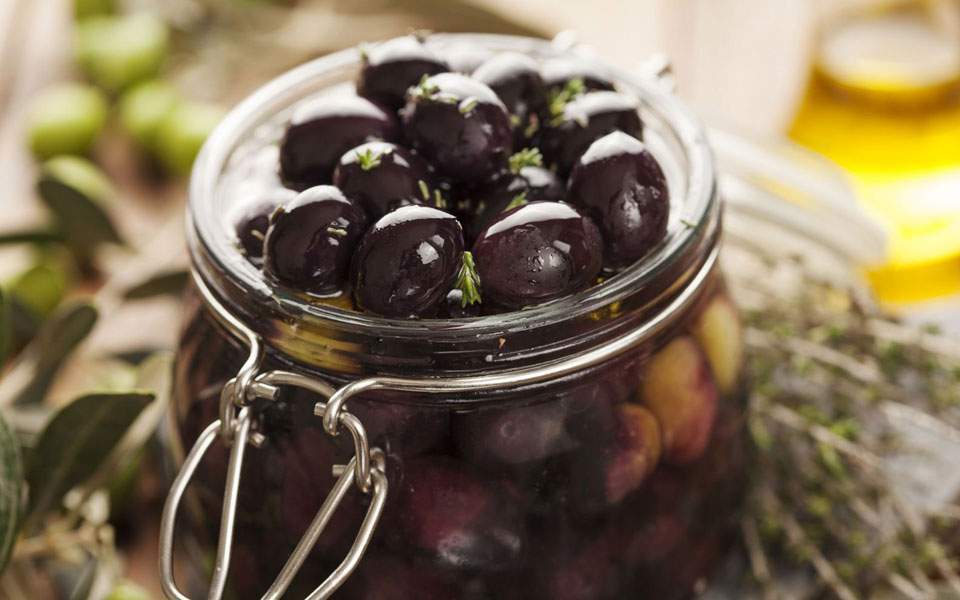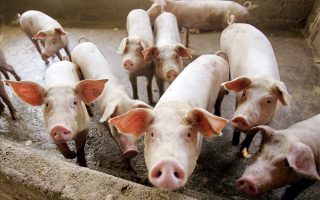EU, China agree to protect 100 of the other’s regional foods

The European Union and China agreed on Wednesday to protect 100 European regional food designations in China and 100 Chinese equivalents in the EU to spur trade, particularly of European food and drinks.
The deal will protect the names of such products as cava, Irish whiskey, feta and prosciutto di Parma, as well as China’s Pixian bean paste, Anji white tea and Panjin rice.
The pact significantly expands the number of foods protected as “geographical indications” (GIs) from the 10 on both sides that were agreed in 2012, and should help boost trade in higher-value goods.
“It is a win for both parties, strengthening our trading relationship, benefiting our agricultural and food sectors, and consumers on both sides,” EU Agriculture and Rural Development Commissioner Phil Hogan said while on a visit to China.
GIs are on average more than twice the price of non-GI products, a European Commission official said.
The protection system means that GI names can only be used for food or drink from a particular region or country. So “feta” can only be applied to cheese of a particular type from Greece.
The EU has tangled with other trading partners on the issue, many of whom have domestic producers naming their products “feta” or “parma”, some made by the descendants of European immigrants who wanted to preserve their food heritage.
The new deal is a trade coup for Europe as US, Australian or New Zealand producers will no longer be able to use the protected names on their exports to China. There is, however, a transition period for feta, Asiago and Pecorino Romano cheeses, and it would not cancel existing Chinese trademarks.
The EU Chamber of Commerce in China said the agreement would require updated laws and stronger enforcement.
Government agencies often fail to help protect GIs because they are not defined as intellectual property rights under any specific Chinese law, according to the chamber.
The agreement needs to be ratified by the European Parliament and EU government and is expected to enter into force before the end of 2020.
It will be expanded to an additional 175 GI names from both sides four years after the current agreement.
EU agri-food exports to China were worth 12.8 billion euros ($14.19 billion) in the 12 months from September 2018 to August 2019, making China the second largest destination for such products and for GIs after the United States.
[Reuters]





